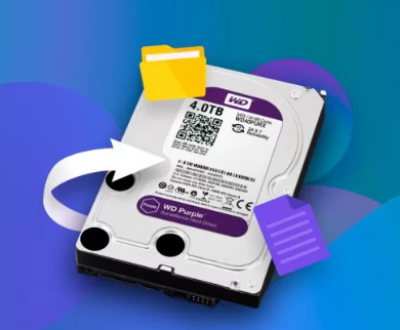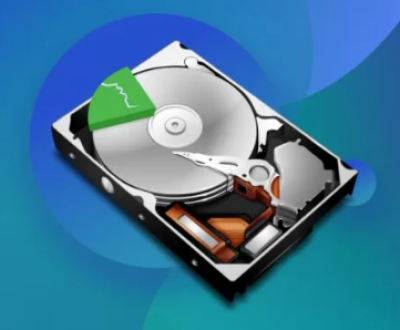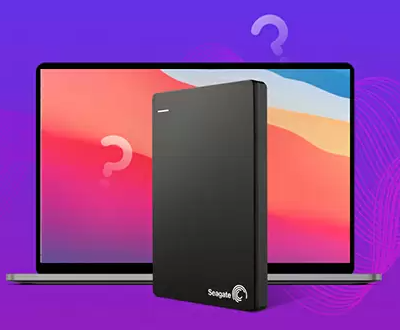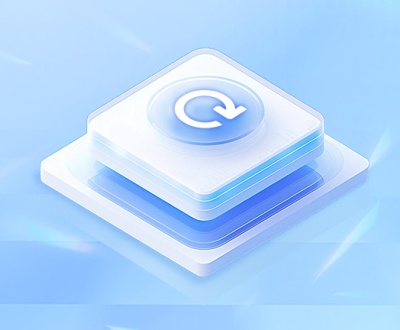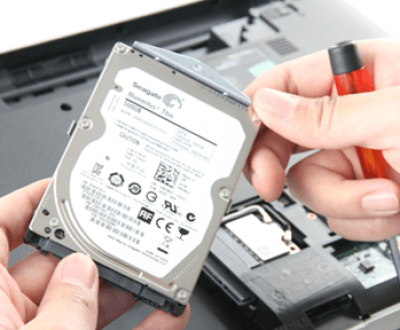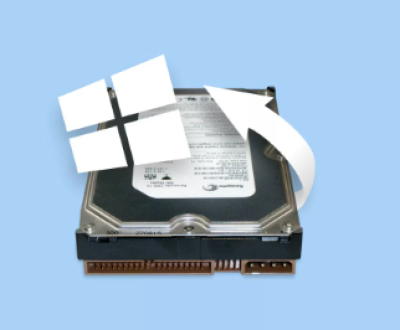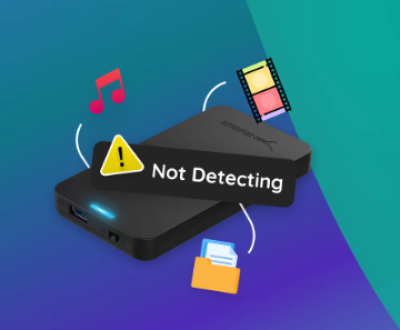Formatting an SD card on an Android device can be a straightforward process, but it’s important to take the necessary precautions before proceeding, such as backing up your data. This comprehensive guide will walk you through everything you need to know about formatting an SD card on Android, step by step.
1. What is an SD Card and Why Format It?
An SD (Secure Digital) card is a storage medium commonly used in smartphones, cameras, tablets, and other devices. It provides additional space for storing media files, apps, and documents. Over time, SD cards may accumulate junk files, or you may need to wipe all data from the card for privacy reasons, to fix performance issues, or simply to prepare it for reuse in another device.
Formatting an SD card means erasing all data on it and preparing it for use with a specific file system. It’s a necessary process when you want to:

Erase personal or sensitive information.
Fix corrupted data or format issues.
Prepare the card for use in a different device or operating system.
Improve the performance of the card by clearing unnecessary files.
2. Types of SD Cards and Their File Systems
SD cards come in various types and sizes, including:
SD (Standard): Older, slower, and smaller capacity cards (usually up to 2GB).
SDHC (High Capacity): Cards with a capacity range of 2GB to 32GB.
SDXC (Extended Capacity): These cards can have a capacity range of 32GB to 2TB.
The file system used on an SD card is crucial for ensuring it works properly with Android devices. Common file systems include:
FAT32: Used for cards up to 32GB, widely supported across various devices.
exFAT: Recommended for SD cards larger than 32GB, offering higher capacity and file size support.
NTFS: Not typically used for SD cards on Android but may appear on some devices or when formatted on a PC.
3. Why You Should Format the SD Card Before Use
When you purchase a new SD card or switch between devices, it’s often a good idea to format the card first. Some reasons you might need to format include:
Compatibility: Different devices may require specific file systems, and formatting ensures the card works properly.
Performance: Formatting the card clears out any unnecessary files and can improve its speed and performance.
Fixing Errors: If the card is corrupted or you’re encountering read/write errors, formatting can often resolve the issue.
4. Before You Begin: Backing Up Your Data
Formatting will erase all data on your SD card, so it’s essential to back up your files if they are important. You can use a variety of methods to back up data from your SD card:
Cloud Storage: Upload your files to Google Drive, Dropbox, or another cloud service.
Computer: Transfer the files from your SD card to your computer via a card reader or USB cable.
External Storage: If you have access to another SD card or external drive, you can back up your files there.
5. How to Format an SD Card on Android
Now that you’ve backed up your data, let’s go through the steps to format your SD card on an Android device. The process is simple, and there are two primary methods: through the Android settings or using a third-party app.
Method 1: Format Through Android Settings
Here are the steps to format an SD card using the built-in Android settings:
Insert the SD Card into Your Device: Make sure the SD card is properly inserted into your Android device. If your device has a dual SIM and SD card tray, make sure it is seated correctly.
Open the Settings Menu: Go to your device’s Settings app, which is typically represented by a gear icon.
Navigate to Storage: Scroll down and tap on the Storage or Storage & USB option, depending on your Android version and device.
Select Your SD Card: Under the storage section, you will see your SD card listed. Tap on it to open the SD card options.
Tap Format or Erase SD Card: Look for the Format or Erase SD Card option (the wording might vary). You may be asked to confirm that you want to erase all data on the card.
Confirm the Format: A pop-up message will appear to confirm your choice. Read the warning carefully, as formatting will erase all data on the SD card. Once you are sure, tap Format or Erase.
Wait for the Process to Complete: The device will take a few moments to format the SD card. Once it’s done, the SD card will be ready for use. You should see a notification that the format is complete.
Method 2: Format Using a Third-Party App
If the built-in settings option is not working or if you want more control over the formatting process, you can use third-party apps from the Google Play Store. These apps may offer additional features, such as partition management or support for different file systems.
SD Formatter: This is an official app from the SD Association designed to help you format SD cards on Android. It’s easy to use and can handle different SD card types and formats.
Android File Manager Apps: Some file manager apps like ES File Explorer or Total Commander allow you to format SD cards.
6. Formatting an SD Card in Different File Systems
When formatting, it’s essential to choose the correct file system for your device. Here’s how to ensure you select the right one:
FAT32: Choose FAT32 if your SD card is 32GB or less and if you need maximum compatibility with other devices.
exFAT: Choose exFAT for SD cards over 32GB or when you need to store files larger than 4GB.
NTFS: If you are using your SD card with a Windows device and it needs to handle large files or be used as a backup drive, NTFS might be appropriate. However, it is not ideal for Android devices.
In Android, you don’t usually get to pick the file system directly, as it is managed automatically based on the card’s size. But some third-party apps allow you to choose between FAT32. exFAT, and other file systems.
7. Troubleshooting Common Issues
While formatting an SD card is generally easy, sometimes things don’t go as planned. Here are some common issues and their solutions:
Error: SD Card Not Detected
Ensure the SD card is properly inserted into the device.
Try removing and reinserting the card.
Restart your device to refresh the storage options.
Error: Unable to Format SD Card
If the SD card is physically damaged, it may not be possible to format it. In this case, try formatting the card on a computer.
If your device refuses to format the SD card, try using a third-party app or formatting it using a computer via a card reader.
Error: SD Card Is Write-Protected
Some SD cards have a physical switch on the side that locks the card. Make sure this is set to the “unlocked” position before formatting.
If the write protection is due to software, you can try using a third-party app to remove it or use a computer to remove write protection.
SD Card Is Not Showing Up After Formatting
Ensure your device supports the file system format you’ve chosen (e.g., exFAT).
Check the card on a computer to see if it is recognized.
8. After Formatting: Reinstalling Apps and Media
Once the SD card is formatted, you can start using it again to store data. If you plan to use the card for apps or media files, you’ll need to reinstall apps or transfer your files back to the card.
Move Apps to SD Card: Some Android devices allow you to move apps to the SD card from the settings. This is especially useful if your internal storage is running low.
Restore Media Files: If you’ve backed up photos, videos, or music files, you can now copy them back onto the SD card.
9. Tips for Maintaining Your SD Card
Keep It Clean: Periodically format your SD card to keep it running efficiently, but only do so when necessary.
Avoid Improper Ejection: Always eject the SD card safely from your Android device to avoid corruption.
Monitor Card Health: If you notice that your SD card is consistently failing or showing errors, it may be time to replace it.
About us and this blog
Panda Assistant is built on the latest data recovery algorithms, ensuring that no file is too damaged, too lost, or too corrupted to be recovered.
Request a free quote
We believe that data recovery shouldn’t be a daunting task. That’s why we’ve designed Panda Assistant to be as easy to use as it is powerful. With a few clicks, you can initiate a scan, preview recoverable files, and restore your data all within a matter of minutes.
Subscribe to our newsletter!
More from our blog
See all postsRecent Posts
- How to recover data from formatted hard disk 2025-07-14
- How to recover files from hard disk 2025-07-14
- How to recover data from portable hard disk 2025-07-14

 Try lt Free
Try lt Free Recovery success rate of up to
Recovery success rate of up to

